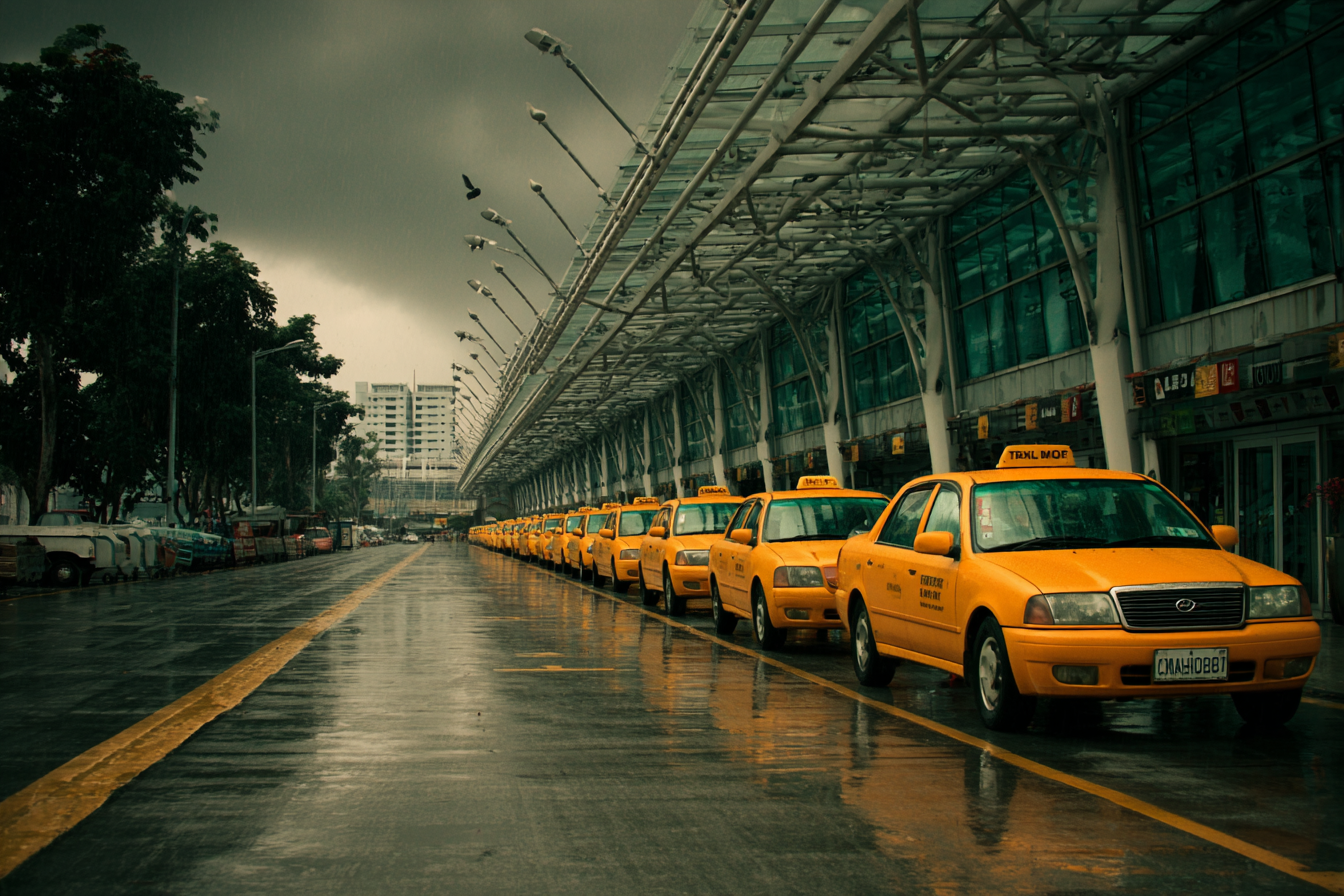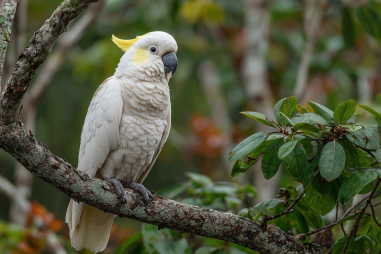Landing at Ninoy Aquino International Airport (NAIA) is the gateway to Manila, the bustling capital of the Philippines. Whether you’re arriving for business, leisure, or transit, knowing how to get from the airport to your destination in the city can make a huge difference to your overall travel experience. From budget-friendly public transport to comfortable private transfers, Manila offers a variety of airport transfer options to cater to every traveler’s need. Let’s explore the best ways to navigate your way into the city smoothly and without stress.
Overview of Manila’s Main Airport
Ninoy Aquino International Airport, commonly called Manila Airport, is the primary international gateway to the Philippines, serving millions of passengers each year. Located about 7 kilometers south of Manila’s city center, NAIA is composed of four terminals—Terminal 1 catering mostly to international flights, Terminals 2 and 3 accommodating both international and domestic travel, and Terminal 4 designed for domestic routes primarily handled by smaller airlines. Due to its busy nature and somewhat older infrastructure, it’s essential for travelers to plan their transfers ahead of time to avoid delays or confusion.
Public Transportation Options from the Airport
For travelers looking to stretch their pesos, public transportation is available from all terminals. Here are the main public options:
- Airport Buses: The Airport Loop Shuttle, operated by the airport authority, runs regularly between terminals, but there are also city buses that connect to various parts of Metro Manila, including routes to Pasay, Makati, and Manila proper. Bus fares are very affordable, typically under PHP 50.
- Jeepneys: These iconic Filipino minibusses operate extensively in Manila. They run from the vicinity of the airport to different neighborhoods; however, they are less convenient for tourists unfamiliar with the routes and can be crowded.
- Light Rail Transit (LRT): Terminal 3 has a connection to the MRT Line 3 via the EDSA station, allowing for access to various areas in Metro Manila. While this is an affordable option (fares around PHP 15-30), it often involves walking with luggage and possibly transferring lines.
Public transportation is suitable for budget travelers or those with time to spare and a sense of adventure. However, it may not be ideal if you’re carrying heavy luggage, traveling at odd hours, or unfamiliar with the routes.
Taxi and Ride-Sharing Services Explained
Taxis remain one of the most popular and convenient ways to get from Manila Airport to the city. Here’s what you need to know:
- Airport-Authorized Taxis: These taxis have designated queues outside each terminal. They operate on a metered fare basis, but expect additional airport and terminal fees totaling about PHP 70. It’s best to confirm the meter is running to avoid being overcharged.
- Regular Yellow Taxis: These can be found around the airport but might not always be officially authorized to pick up from terminals.
- Ride-Sharing Apps: Grab is the leading ride-hailing service in Manila, offering a convenient option for tourists. You can book rides directly via the app, select the type of vehicle you prefer, and pay cashless. Grab pickups are typically designated in specific areas at NAIA, with Terminal 3 being the main pickup point.
Taxi and ride-sharing options provide a balance between convenience and cost, with fares varying depending on distance, traffic, and the type of service booked. These services are generally available 24/7, making them reliable for late-night arrivals or early departures.
Private Shuttle and Car Hire Options
If you’re looking for a more comfortable or customized way to travel, private shuttles and car hire services are excellent choices. These options are especially popular among business travelers, families, or anyone wanting a stress-free transfer:
- Private Airport Transfers: Many companies offer pre-booked transfers from NAIA to your hotel or destination. These typically include a professional driver waiting for you at arrivals with a name sign, assistance with luggage, and a direct route to your accommodation. Pricing depends on vehicle type and distance, but it offers convenience and peace of mind.
- Car Rentals: If you plan to explore beyond Manila or prefer flexibility, renting a car is a viable option. International and local car rental companies operate at the airport, with terminals 1, 2, and 3 hosting counters. Booking in advance is recommended.
- Hotel Shuttles: Some hotels in Manila provide complimentary or paid shuttle services to and from NAIA. Check with your accommodation ahead of time as availability and schedules can vary.
Cost Comparison and Booking Tips
Understanding the costs and planning ahead can save you both money and hassle. Here’s a general cost breakdown:
- Public Transport: PHP 15 to PHP 50 (very affordable but may require transfers and time)
- Taxis: Metered fares usually start around PHP 150 to the city center; expect airport fees and possible surcharges depending on time.
- Ride-Sharing (Grab): Similar to taxi fares but with a fixed price presented upfront in the app, typically PHP 150 to PHP 300 depending on traffic and vehicle type.
- Private Transfers: Prices range widely based on vehicle class—roughly PHP 800 to PHP 2,500 or more—ideal for comfort and direct service.
- Car Rentals: Starting around PHP 2,000 per day, excluding fuel and tolls.
Here are some tips to help you book smartly:
- Book private transfers or car rentals ahead online to lock in better rates.
- Use official taxi queues and ride-hailing apps to minimize the risk of overcharging.
- Check for hotel shuttle availability before arrival.
- Confirm fares and surcharges before the trip.
Safety Considerations
While Manila is a vibrant city with friendly locals, it’s important to prioritize safety during your airport transfers:
- Always use authorized taxis or reputable ride-sharing apps; avoid unofficial drivers or touts inside the airport.
- Keep an eye on your belongings, especially in crowded public transport or shared vehicles.
- If opting for public transportation, travel during daylight when possible.
- For private transfers, verify the company’s credentials and read recent traveler reviews.
- Always wear seat belts when available and follow local traffic rules as Manila’s traffic can be unpredictable.
Time Estimates and Traffic Info
Travel time from NAIA to Manila’s city center or key districts like Makati or Bonifacio Global City (BGC) depends heavily on the time of day and traffic conditions:
- Off-peak hours: Early mornings and late evenings usually take 20 to 30 minutes.
- Peak hours: Morning rush (6:30 AM to 9 AM) and evening rush (5 PM to 8 PM) can easily double or triple travel time, sometimes exceeding 1 to 2 hours.
- Weekends and holidays: Traffic is generally lighter but can be unpredictable around special events.
Planning your transfer with extra buffer time is wise. Real-time navigation apps and ride-sharing services can help monitor traffic and suggest alternate routes.
Starting and Ending Your Manila Journey Right
Navigating Manila’s airport transfers doesn’t need to be daunting. From budget buses to private chauffeurs, there’s an option for every traveler’s preference and budget. By understanding your choices and planning ahead, you can ensure that your first and last moments in Manila are smooth, safe, and comfortable. Ready for your trip to the Philippines? Choose the transfer option that suits you best—then sit back and enjoy the vibrant city that awaits just beyond the airport gates.







